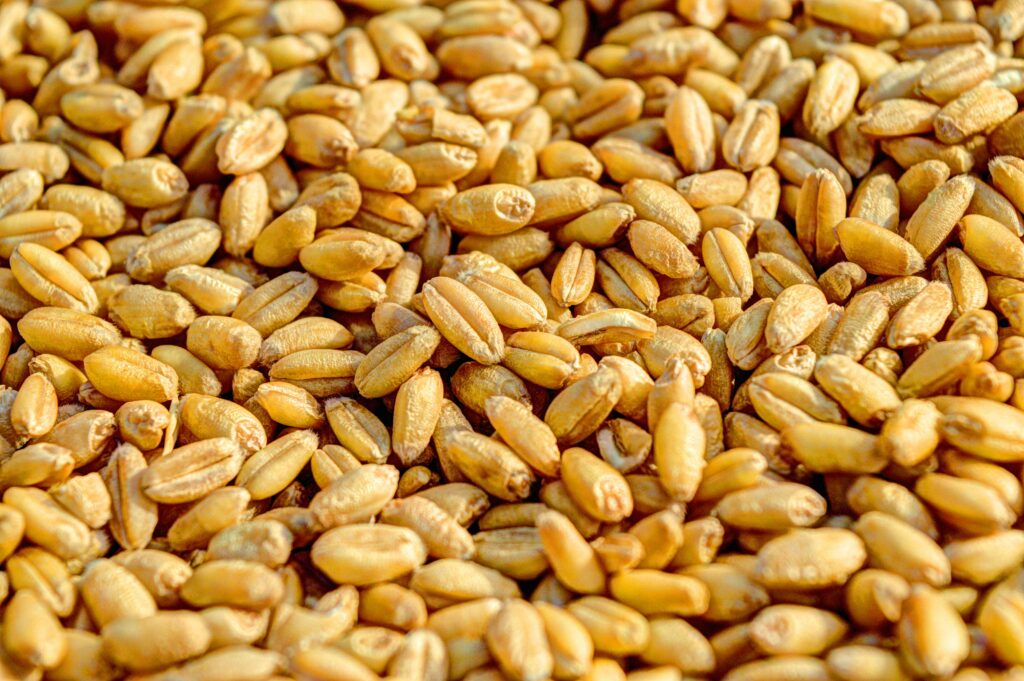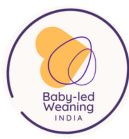
Wheat is a staple food in many cultures and can be an excellent addition to a baby’s diet, especially when practicing baby-led weaning. Introducing wheat for babies, particularly those under one year, should be done with care to ensure it’s suitable for their developing digestive systems and to monitor for any allergic reactions. Here’s a comprehensive guide on incorporating wheat into your baby’s diet, including its potential as an wheat allergy in babies, similar foods that may trigger allergies, and the best ways to offer wheat to babies.
Wheat as a Food for Babies
Wheat is rich in carbohydrates, providing the energy babies need to grow and explore their world. It also contains essential nutrients such as fiber, protein, and various vitamins and minerals, including B vitamins, which are vital for brain development. When introducing wheat for babies under one year, it’s crucial to start with small quantities and opt for easily digestible forms.
Wheat as a Potential Allergen
Wheat is one of the common allergens in early childhood, with wheat allergy in babies typically manifesting in symptoms ranging from skin rashes, gastrointestinal discomfort, to respiratory issues. It’s important to introduce wheat into your baby’s diet slowly and watch for any signs of an allergic reaction. If you suspect your child is allergic to wheat, consult a healthcare professional for guidance and testing.
Foods That May Trigger Similar Wheat Allergy in Babies
Babies allergic to wheat might also react to other grains with similar proteins. These can include:
• Rye: Often found in bread and cereal, Rye contains proteins similar to wheat.
• Barley: Used in a variety of foods and beverages, including soups and beer.
• Oats: Although oats don’t contain the same proteins as wheat, cross-contamination in processing facilities can make them problematic for wheat-allergic individuals.
It’s essential to introduce these grains separately and monitor for any allergic reactions, just as with wheat for babies.
Alternatives for Wheat-Allergic Babies
If your baby is allergic to wheat, there are plenty of nutritious alternatives to consider, such as:
• Quinoa: A complete protein, quinoa is a great wheat alternative that’s rich in fiber and iron.
• Rice: Easily digestible and gentle on the stomach, rice is a good option for babies.
• Amaranth: This grain is rich in protein and amino acids, making it a healthy wheat alternative.
Best Ways to Offer Wheat for Babies
When introducing wheat for babies, it’s best to start with simple, easy-to-digest forms. Here are some ideas:
1. Wheat Porridge: A smooth porridge made from wheat cereal can be a gentle introduction to wheat for babies. Ensure it’s cooled to a safe temperature before offering it to your baby.
2. Whole Wheat Toast: Soft, whole-wheat bread can be cut into manageable strips for your baby to hold and nibble on. This can also help with teething discomfort.
3. Wheat Pasta: Soft-cooked pasta shapes can be fun for babies to explore and eat. Choose whole wheat pasta for added nutrients.
In conclusion, incorporating wheat for babies into their diet can provide essential nutrients and energy, making it a valuable addition, especially during the baby-led weaning journey. However, it’s vital to approach this introduction with care, keeping in mind the potential for wheat allergy in babies. By starting with small quantities and monitoring for any adverse reactions, you can ensure a safe and enjoyable feeding experience. Always consult with a healthcare professional if you have concerns about allergies or if your baby shows any signs of discomfort. With proper guidance and attention, you can confidently explore the benefits of wheat for babies while prioritizing their health and well-being.
Join our Nutrition Club today and get daily and weekly nutrition-balanced meal plans, easy-to-follow recipes, and meal strategies—all designed for infants, toddlers, and your entire family. Simplify your mealtime today!
Know your guide

Hello, amazing parents! I’m Riddhi Verma Ayyagari, a Stanford-certified Child Nutritionist and Baby-Led Weaning Expert. With years of experience and a proven approach, I’ve helped 8000+ of families navigate child nutrition, from starting solids to tackling picky eating.
Make mealtimes easier and more enjoyable with personalized 1:1 Sessions and my expert-led MasterClass. Start your journey to stress-free feeding today!
